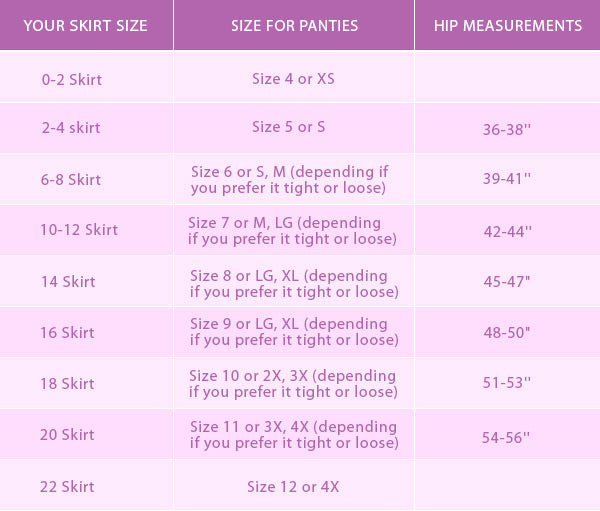Fluctuating Bra Sizes: What's Affecting My Cup Size

"In order to trust your body as a guide, the first step is to begin to understand it."
As women, the biggest power we have is to learn and become in tune with our bodies. The first step is education. Our Mylie tutorial videos in each of our fitting rooms in both locations aim to do just that: tell you secret tips that nobody's ever told you.
One area that I find needs more awareness is fluctuating bra cup sizes. Realize that your body is constantly changing. YES! even within the same month. Once you have that knowledge, you can:
A) Be in tune with your body so you can watch for changes
B) know when to schedule a bra fitting
Factors that can affect or contribute to fluctuating cup size:
1) The most common one is the menstrual cycle. Women can be up to a full cup size larger during their period.
2) Birth Control. Birth control has a direct effect on breasts and so it also affects the cup size as well. Just have that knowledge when shopping for bras as when you start and stop taking birth control, your bra size will most definitely change.
3) Weight Gain / Weight Loss. When you gain or lose weight, one of the areas less commonly known to get impacted is your breast size. Even 5 lbs up or down matters. Also, once a bra is stretched due to weight gain it'll stay stretched out even if weight is lost, thereby losing its support.
4)Fertility Treatments. Any time hormones are introduced into our bodies, it affects us one way or another. For lots of women, cup size increases.


6) Breastfeeding. After birth, breasts become enlarged to accommodate the milk supply for the newborn. There is no way to predict how much one will grow. From experience, every birth looks different for the same mom. It is important to know this as it's not recommended to over-purchase bras before birth. We recommend getting 2-3 comfy wire free nursing bras to get started.
Additionally, cup sizes fluctuate while nursing as well.
For most women, 12 weeks postpartum is an ideal time to come get fitted as the milk supply is usually regulated by then.
Make sure that you're not due for a feeding or pumping session when coming to get fitted.
An important disclaimer on this topic: No two bodies are alike. Every woman will respond differently to any of the above factors. The purpose of this blog post is to educate so you have the knowledge to learn your body and plan bra fittings accordingly.



